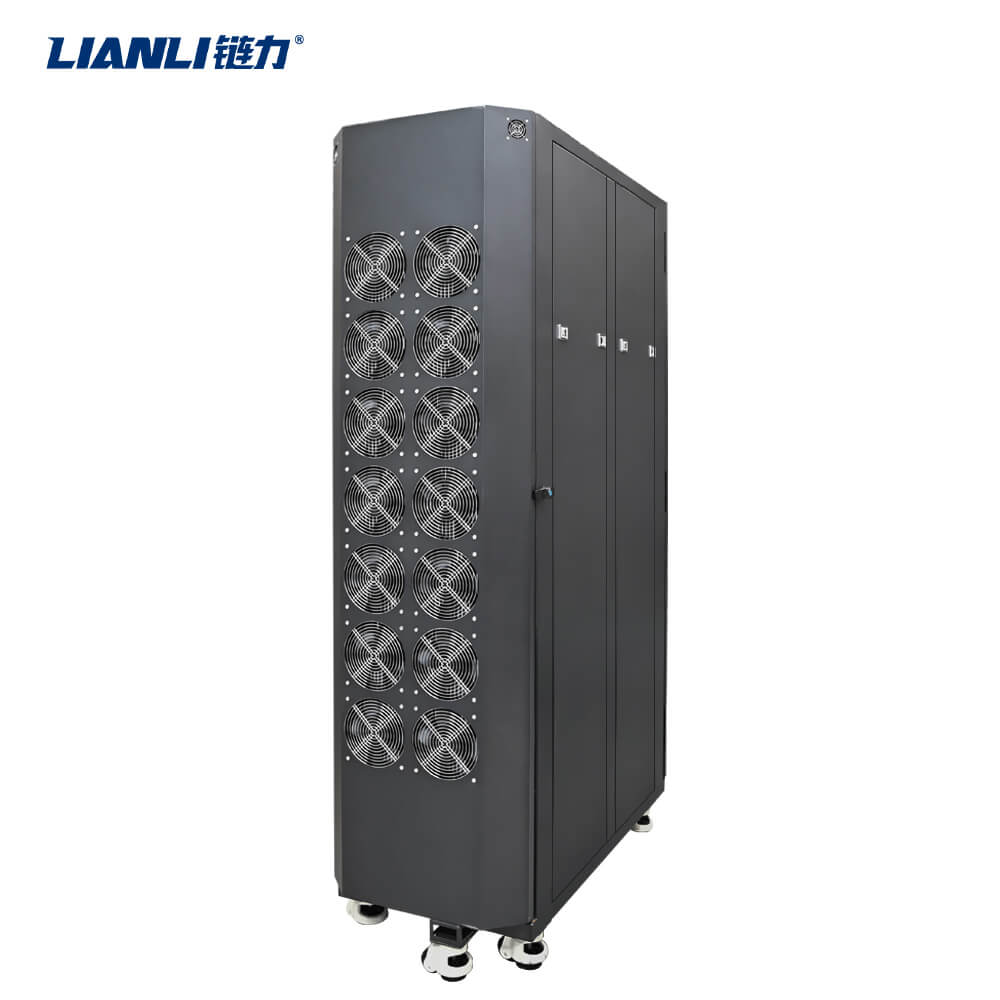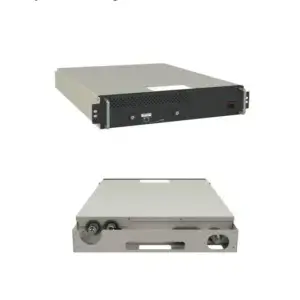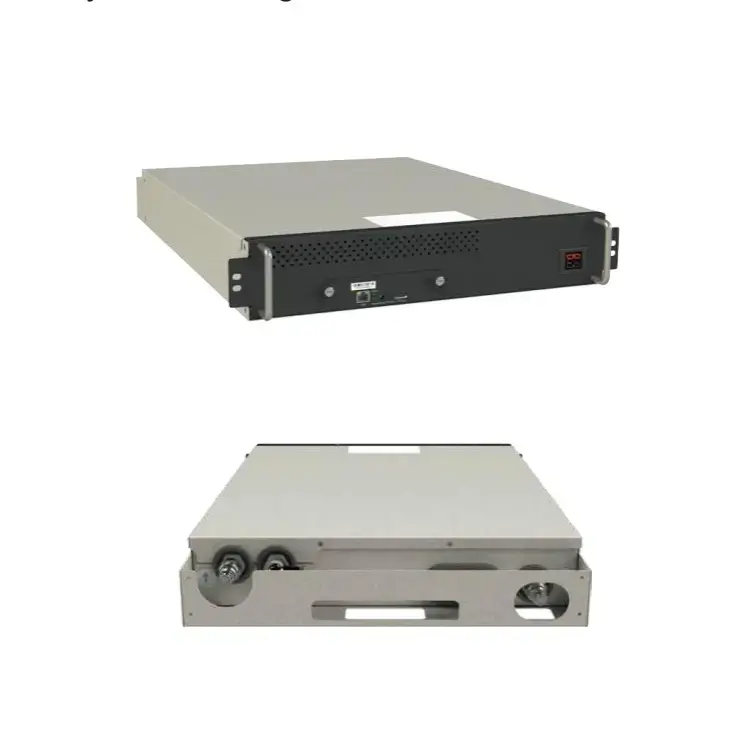Modern data centers are packing more CPUs and GPUs into each rack to power AI, cloud, and HPC workloads. This drives heat densities far beyond what traditional computer-room air conditioning (CRAC) systems were designed to handle. Indeed, industry analysts note that roughly 80% of today’s data centers still use air cooling, but it is quickly approaching its limits . In practice, liquid-based cooling lets operators remove heat much more efficiently at the source, enabling higher rack power and supporting future growth.
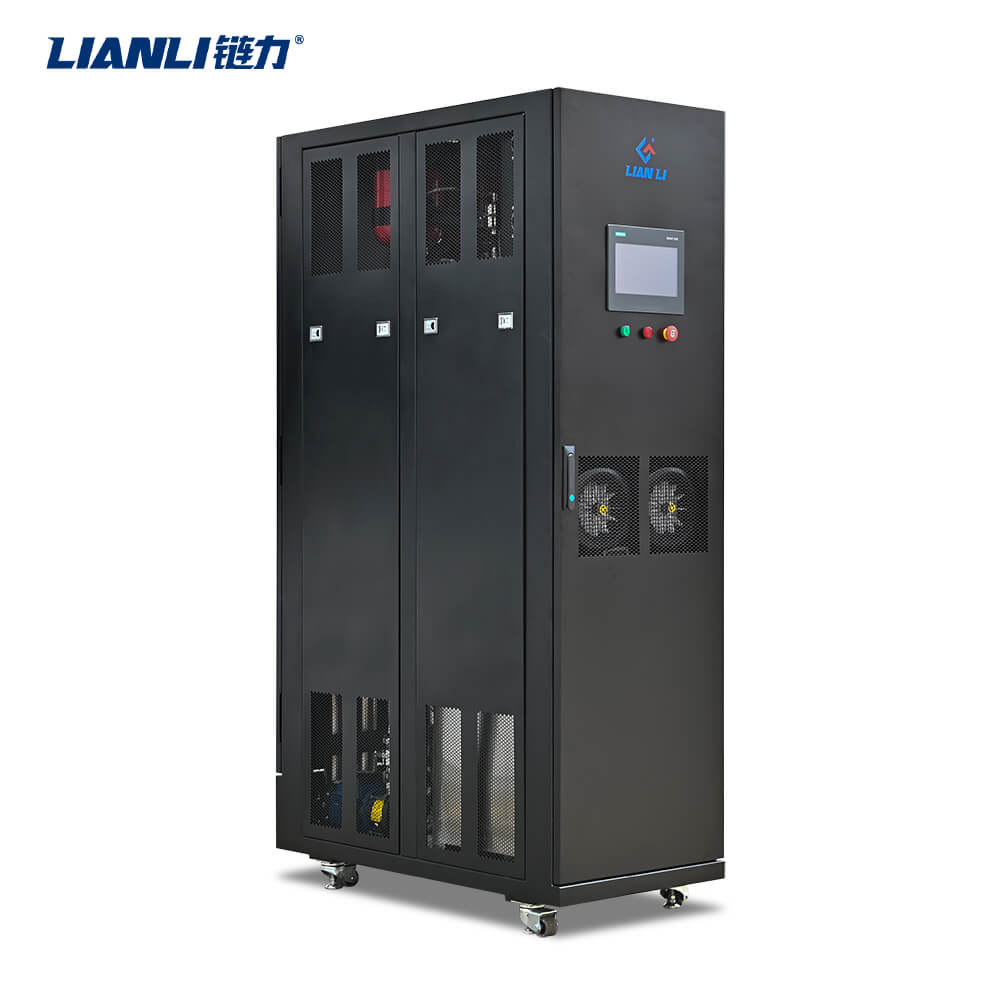
Why Liquid Cooling? The Heat-Density Challenge
As workloads grow, server racks are routinely exceeding 50 kW per rack – levels where air cooling becomes ineffective. Studies show that air-cooled systems typically max out around 50 kW per rack, whereas liquid-cooled designs can handle 100+kW without the elaborate airflow management required by CRAC units .
Surveys confirm that increasing rack density is the top driver pushing operators toward liquid solutions . The reason is physics: water and dielectric fluids have roughly 1,000× the heat capacity of air, so they carry away heat far more efficiently.
This efficiency is crucial for high-density data centers (AI clusters, crypto-mining, HPC) where servers must run at full power without throttling.
Cooling Technologies: Direct-to-Chip vs. Immersion
The two dominant liquid cooling technologies are direct-to-chip (DTC) and immersion cooling :
Direct-to-Chip (Cold-Plate) Cooling
Liquid coolant flows through cold plates attached directly to CPUs/GPUs. A coolant distribution unit (CDU) circulates fluid, absorbs heat, and rejects it via heat exchangers outside the rack.Can be single-phase (liquid stays liquid) or two-phase (fluid vaporizes and condenses in a loop).
Easier to retrofit into existing racks but still needs some air-based support for secondary components.
Immersion Cooling
Servers are fully submerged in a non-conductive dielectric fluid.In single-phase immersion, fluid circulates to a heat exchanger.
In two-phase immersion, the fluid boils on hot components and condenses in a closed chamber.
Provides uniform cooling, supports extremely high densities, and eliminates airflow needs .
Both methods dramatically outperform air cooling. Experts note that “all liquid cooling technologies outperform traditional air cooling” for modern heat loads .
Energy Efficiency and Sustainability Benefits
Liquid cooling delivers major efficiency and sustainability advantages:
Energy savings: Immersion cooling can achieve up to 50% power savings compared with air cooling . Many operators report 10–15% lower facility power use and improved PUE .
Smaller carbon footprint: Lower energy demand = less CO₂ per compute unit.
Heat reuse: Exhaust heat can be repurposed for building or district heating, a growing best practice in Europe.
Lower water use: Liquid systems often eliminate cooling towers, reducing water consumption.
The EU Energy Efficiency Directive (2024) now requires large data centers to report PUE, power, water use, renewable share, and heat reuse . Liquid cooling helps operators meet these strict sustainability goals .
In North America, hyperscalers are deploying liquid-cooled AI clusters, while states push green infrastructure mandates .
Cost Savings and Total Cost of Ownership (TCO)
While upfront costs for liquid cooling can be higher, the TCO benefits outweigh them over time:
Higher density = smaller footprint: More kW per rack means fewer racks and lower facility costs .
Lower energy bills: Fans, blowers, and chillers run less, cutting electricity spend.
Reduced maintenance: Closed-loop systems minimize dust buildup, fan replacements, and filter changes .
Improved reliability: Stable temperatures reduce hardware failures and downtime .
Heat reuse incentives: Many regions offer rebates or credits for waste-heat recovery.
Analysts conclude that reduced energy, maintenance, and longer hardware lifespan can yield significant cost savings over a facility’s lifecycle .
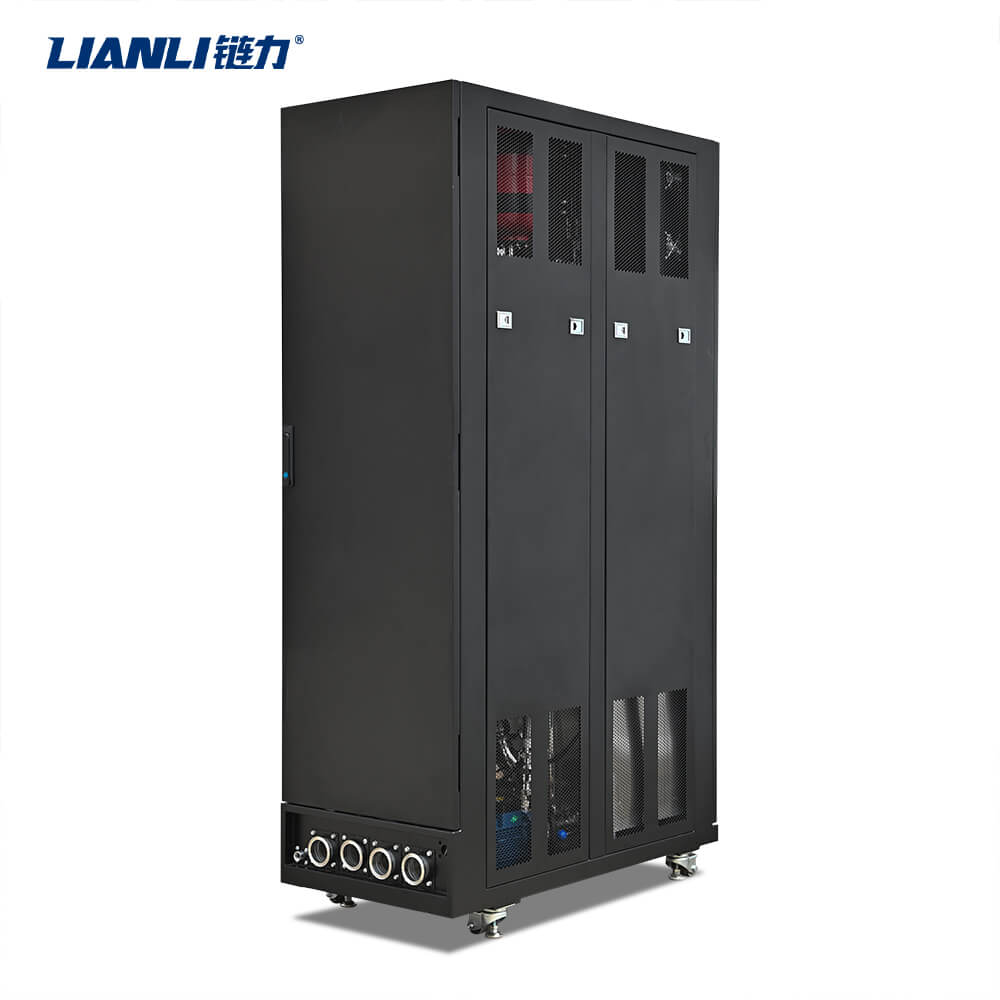
Industry Trends and Adoption
The global liquid cooling market was valued at around $5 billion in 2023 and could exceed $20 billion by 2030 .
North America: Growth is driven by hyperscale cloud providers and AI workloads.
Europe: Strict energy efficiency regulations are accelerating adoption .
Real-world adoption examples:
HPC centers deploy immersion pods for GPU-intensive workloads.
Advania Data Centers (Nordics) use two-phase cooling to reduce energy consumption and emissions .
Enterprise hosting firms are piloting direct-to-chip retrofits.
Surveys show that while most facilities remain air-cooled, a growing number of operators are evaluating or planning liquid cooling deployments .
Looking Ahead: Future-Proofing with Liquid Cooling
Both DTC and immersion cooling are now proven, commercially supported technologies. They:
Increase density and reliability today.
Reduce TCO and carbon emissions over time.
Prepare operators for tomorrow’s regulatory and sustainability requirements.
As one industry summary puts it: “Both direct-to-chip and immersion cooling represent powerful advances in thermal management” .
For North American and European operators, adopting liquid cooling is not just a technology choice — it is a strategic investment in efficiency, resilience, and long-term competitiveness.
FAQ About Liquid Cooling System For Data Center
FAQ 1: What is a liquid cooling system for data centers?
A liquid cooling system for data centers uses water or dielectric fluids to absorb and transfer heat directly from servers and IT hardware. Compared to air cooling, it handles higher rack densities, improves efficiency, and reduces overall power usage.
FAQ 2: How does a data center liquid cooling system reduce costs?
A data center liquid cooling system lowers operating costs by reducing energy consumption, minimizing maintenance, and enabling higher rack density. Over time, these savings translate into a lower total cost of ownership (TCO).
FAQ 3: Why are companies adopting liquid cooling systems for data centers in North America and Europe?
Enterprises are turning to liquid cooling systems for data centers to meet sustainability targets, comply with stricter efficiency regulations, and support high-performance workloads such as AI and HPC.
